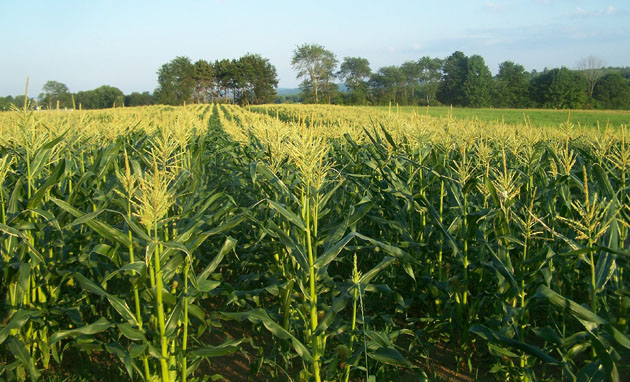Ugandan farmers have chance to recover financial losses caused by natural calamities if they can fully participate in the agricultural insurance scheme launched mid last year by the finance minister, Matia Kasaija.
The Uganda Agriculture Insurance Scheme (UAIS), formed through a public-private partnership, was meant to provide insurance cover for farmers’ crops and animals but insurers claim the farmers, especially small-holder ones, have been slow to seize the opportunity as natural calamities like drought and pests destroy their farms.
The insurance policy provides cover against physical loss or damage to growing crops and animals by uncontrollable pests and diseases, drought, fire, malicious damage, riots and windstorms, accidents among others.
Through the arrangement government pays 30 per cent and 50 per cent of the premium incurred by the small-scale farmers and large scale farmers, respectively. Insurance companies charge 5.5-10 per cent of the premium as income, depending on the location of the farms and choice of risks to be insured against.
“This an opportunity that our farmers should take as way of mitigating the effects of climate change,” says Vincent Musoke, an executive from National Insurance Company (NIC) General Insurance Company.
Musoke, however, says that small-holder famers in a given area can form groups to enter the scheme collectively, saying that it makes them enjoy economies of scale. “A farmer with one acre of crops can join with that one with two, five, or more acres,” he says.
“We now know the armyworms destroyed many crops in the gardens in the months of March and April but I can tell you that most farmers in the country made losses as they had not insured the crops;” Musoke says.
The policy value of the crops to be insured is derived from the cost of production which includes costs of fertilizers, chemicals, weeding, among others or A farmer can enter into agreement with the insurers. This, according to insurance companies, requires farmers to keep farm records. For animals, insurance cover can be based on the value of the animal.
Crops covered under the scheme include main cash crops like coffee, cotton, tea as well as maize, beans, rice, bananas, Irish potatoes, oil seeds and barley.
For animals, the policy covers cattle, poultry, pigs and fish.
Georwell Emanu, a prominent fish dealer is optimistic that the scheme will help fish farmers who he says face challenges of drought and malicious damage. “I am sure that with the government subsidy, fish farmers will insure their cages and ponds,” says Emanu, whose company-Geossy Limitd, exports fresh fish to the region.
A coalition of ten insurance companies provides the insurance cover through, a consortium- Agro Consortium. Some of the companies are First Insurance, Lion Insurance and APA insurance.
The National Policy for Disaster Preparedness and Management highlights that in the past two decades, on average more than 200,000 Ugandans were affected every year by disasters.
While Agricultural economists in Uganda estimate that the overall economic impact of agricultural risk is estimated to amount to US $606 million-US $804 million.
Agriculture employs more than 65 per cent of the households and contributes 78 per cent of the country’s export earnings.







